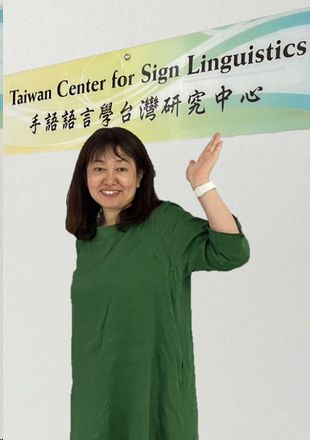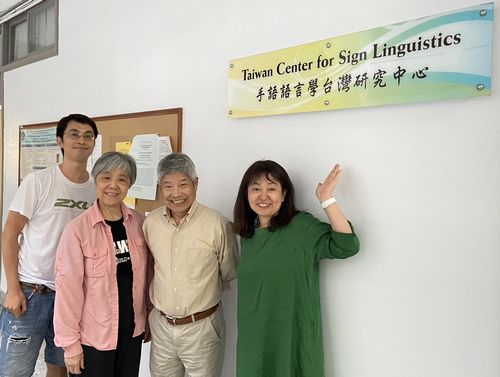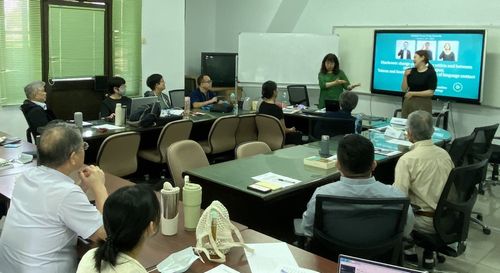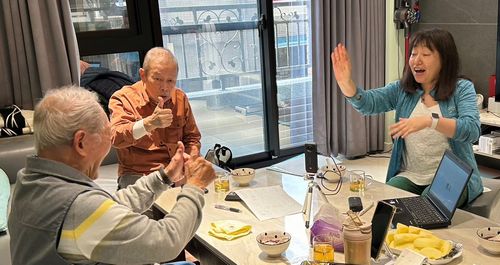From the Frontlines of Research and Studies [Taiwan]: SAGARA Keiko (National Museum of Ethnology)

The National Institutes for the Humanities (NIHU) sends young scholars, who are participants in Institute-based projects and co-creation initiatives, to international seminars and research institutions abroad, including universities. This program aims to promote NIHU’s projects and support young scholars in their academic studies, presentations at international seminars, and other overseas research opportunities.
In this issue, we feature a report from SAGARA Keiko of National Museum of Ethnology, who was dispatched to Taiwan.
Supported by the NIHU’s young researchers’ overseas dispatch program, I went to Taiwan from October 22 to December 6, a period of six and a half weeks. The purpose of my research was to analyze the meanings and usages of sign forms in Japanese Sign Language (JSL) and Taiwan Sign Languages (TSL) from a historical perspective. I first met with professors at National Chung Cheng University (CCU), which focuses on sign language linguistics research in Taiwan, and told them about my research plan during my stay.

I was given the opportunity to share what I have learned from my research and engage in discussions with students at CCU who use TSL in their daily lives. JSL and TSL are historically related languages and are often said to be similar. However, there are many signs that may have the same form, but are used with different meanings and usages. To elucidate these differences in detail, I provided specific examples and worked out [defined] the distinctions between the two languages.

Surveys of the language of elderly singers is vital to investigating changes in language. In both Tainan and Taipei, I received cooperation from signers aged 70 and above who participated in dialogues and interview surveys. In both regions, I observed that the sign language used by young signers is heavily influenced by Chinese language, while the sign language of elderly signers is closer in meaning and usage to JSL.

I have been able to collect some interesting data, so I plan to proceed with my analysis based on this data.
SAGARA Keiko
Knowledge Co-creation Projects, National Museum of Ethnology
PhD Project Assistant Professor at the National Museum of Ethnology.
Sign Language Typology and Historical Linguistics. Became deaf at age 19 and have been using sign language since then. Authored "Person Who Can Really See and Person Who Can Really Hear: Communication Methods for Coexistence. Tokyo: Iwanami Shoten. 2023" (co-authored with HIROSE Kojiro)
